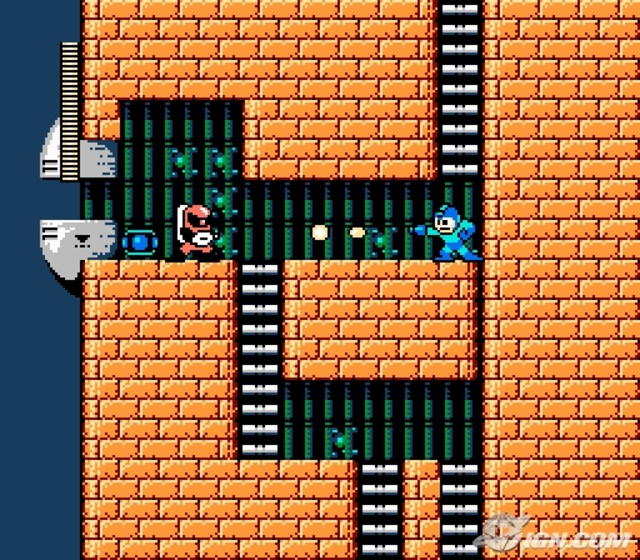The term "8 bit" is different from the later generations of gaming. No other generation has such a singular meaning when it comes to "8 bit". If you were to say "16 bit", well you have several ideas that come to mind, and even though there's really 2 options for 16 bit, it muddies the area of nostalgia to the point that you have to make a distinction. Even later, 32 bit, you have lots of options and then you also have the N64 thrown in there(hint: it wasn't 64 bit). Today I want to talk about an aspect of "8 bit" that you may not realize contributes to its unified "feel" among its games: Its sound.
Think about the big games of the day; Contra, Mario, Castlevania, Ninja Gaiden, Mega Man. Somewhere in those memories are probably the music you heard. Now, think about the music in your top games... and realize that they all pretty much have the same sounds and effects, just arranged differently. That's a kinship in gaming that does not run through into the later generations. The Nintendo had a sound chip in it that everyone used as a common source, and it tied all the games of the era together.
The sound chip inside it had its set of blips and beeps, and the games issued commands of what order they were played in. Let me put it another way. With digital, you can record a wide variety of instruments, orchestras, and bands. You are only limited by reality and sample quality. The Nintendo Entertainment System shipped with a pre-packed band that you could not change. All games had the same guitar, bass, and drums that all the others had. Starting with the SNES, music went digital. Music was pre-recorded, digitized and played back at a later date, much like how MP3's work. Your Nintendo Entertainment System was an actual music instrument playing live for you.
 DJ culture in Japan and Korea is huge, and their forefathers are the game composers from this era of gaming with sound chips. In that area you will not only find "8 bit" synth masters, but also "16 bit" because the Sega Genesis also used a sound chip instead of a digital system. The "west" culture is awakening to the sound, but its old hat over there, where the actual composers of games of the era are producing music in the clubs. Today in the west, we are modifying old NES's and Gameboys to be used live in synths. This too has been going on for a long while in Korea and Japan, where these systems(with the Sega Genesis) were actually pretty powerful for this purpose, and very cost effective compared to dedicated synthesizers in the 80's and early 90's.
DJ culture in Japan and Korea is huge, and their forefathers are the game composers from this era of gaming with sound chips. In that area you will not only find "8 bit" synth masters, but also "16 bit" because the Sega Genesis also used a sound chip instead of a digital system. The "west" culture is awakening to the sound, but its old hat over there, where the actual composers of games of the era are producing music in the clubs. Today in the west, we are modifying old NES's and Gameboys to be used live in synths. This too has been going on for a long while in Korea and Japan, where these systems(with the Sega Genesis) were actually pretty powerful for this purpose, and very cost effective compared to dedicated synthesizers in the 80's and early 90's.Our gaming generation eras are not as distinct any longer. It is hard to pin down what generation a game is from because there is such a wide berth of capabilities between game systems, and then with the bit-perfect recreation of any music imagined into digital format, you can't pick an era by its music either. With the inclusion of millions and millions of colors, and the virutally limitless resources game makers can choose from to make games, our new eras of games just don't have that "we're all a part of a club" era like the 8-bit days.






No comments:
Post a Comment